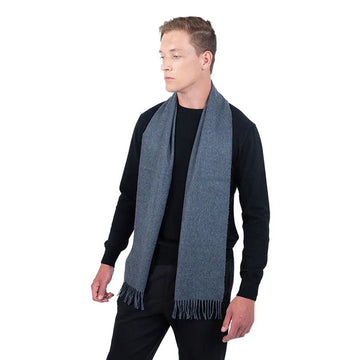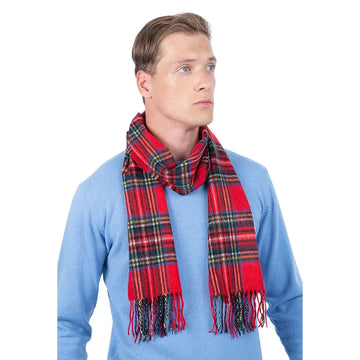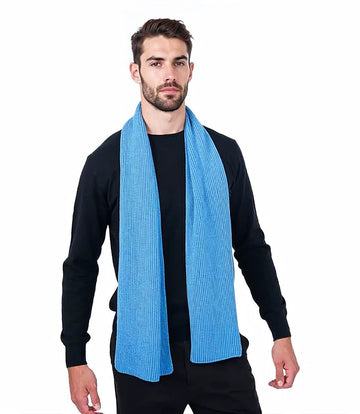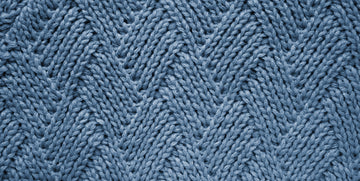Over the past few years, cashmere clothing has erupted in popularity, and part of the reason for this goes beyond its lush feel, luxurious appearance and practicality.
Instead, the fashion world itself has shifted towards it, and according to a short style article by The Times, the next step in its evolution is the seemingly wasteful-sounding cashmere wallpaper.
The concept is exactly as it sounds; rather than being draped in luxurious and rare cashmere fibres. Instead, they are plastered across the walls of luxury homes and showrooms so you can lean against luxury.
It does not appear to be the most practical option. Besides the sheer expense of cashmere in large enough quantities to cover the walls of even a tiny bedsit, cashmere on walls is more exposed to moths and dampness than it would be secured in a chest or a wardrobe.
Practically was the reason that textile wallcoverings in general fell out of interior design fashion, with the concept often bringing to mind the excesses of Jayne Mansfield’s Pink Palace rather than the typical fashion styles that come to mind when you think of cashmere.
However, to understand why cashmere wallcoverings have started to emerge as a trend, we need to explore the notion of stealth wealth and its relationship to cashmere.
How The Rich Look Rich
The concept of stealth wealth is a relatively new interpretation of an idea that traces back to the era of Gatsby but has entered the fashion conversation thanks to the success of the television show Succession.
The basic idea is that nouveau riche, or people who become rich later in life, have a different relationship to money and all that it entails compared to those that come from old, inherited money, and this is most easily discerned from how people dress.
According to this theory, people who either through good fortune or business acumen become successful and wealthy want to display that wealth openly, typically through wearing expensive brands that connote this richness to others.
By contrast, stealth wealth does not announce richness through obvious markers but through dressing in minimal, expensive styles that can to an outside observer look ordinary or outright austere but signpost to other rich people an understanding of what it means to be rich.
Possibly the most famous recent model for stealth wealth is Siobhan “Shiv” Roy from the television show Succession, whose wardrobe quickly became an obsession for people looking for luxury without the ostentation that often comes with it.
Most of her outfits from the second season of the show onward leaned into the clean lines, minimalist designs and powerful silhouettes, but the most notable addition was a series of cashmere turtleneck sweaters that became a powerful symbol of the character and the show itself.
The implication of all of this is that cashmere wallpaper is potentially subtle enough to not be noticed except to a discerning eye, extending the concept of stealth wealth fashion and cashmere from individuals to entire rooms.
However, one aspect of stealth wealth, that is making a conscious effort to buy high-price, long-lasting fashion investments, could be lost with a wallpaper trend more vulnerable to the elements than either garments or more traditional wallpaper.
It remains to be seen if this is a concept that will take off.














